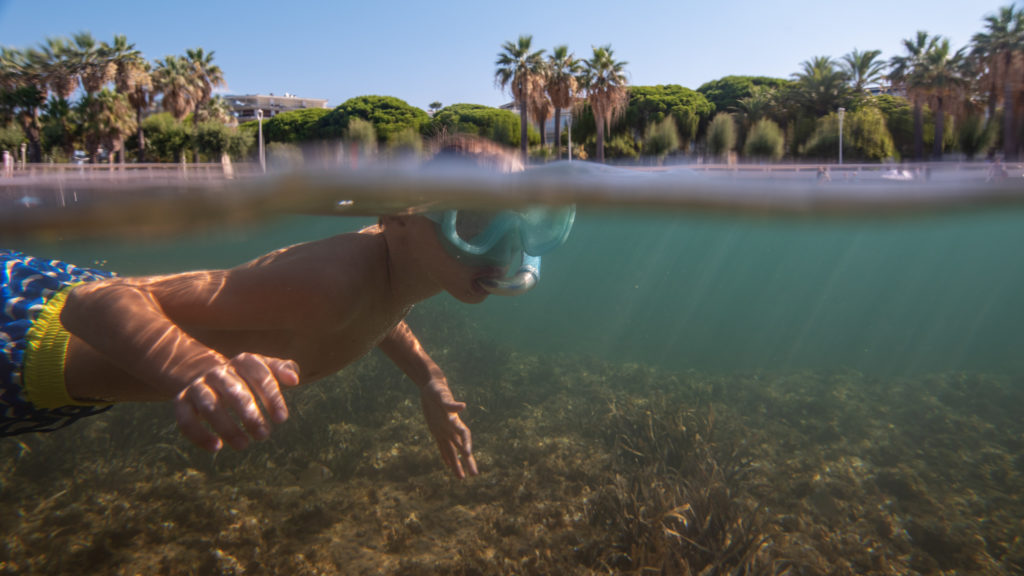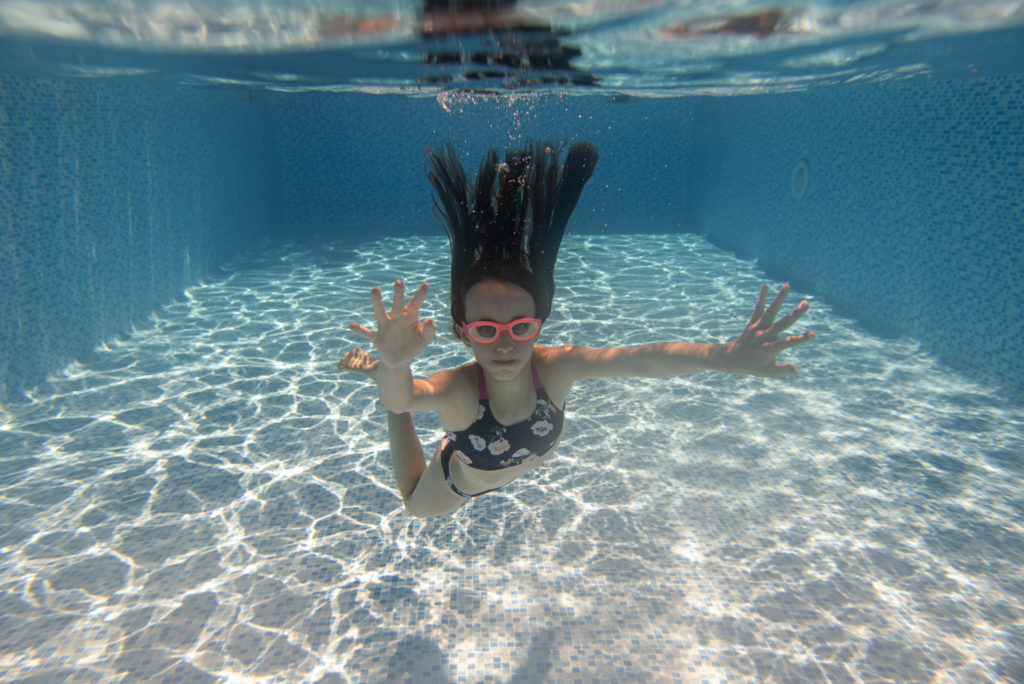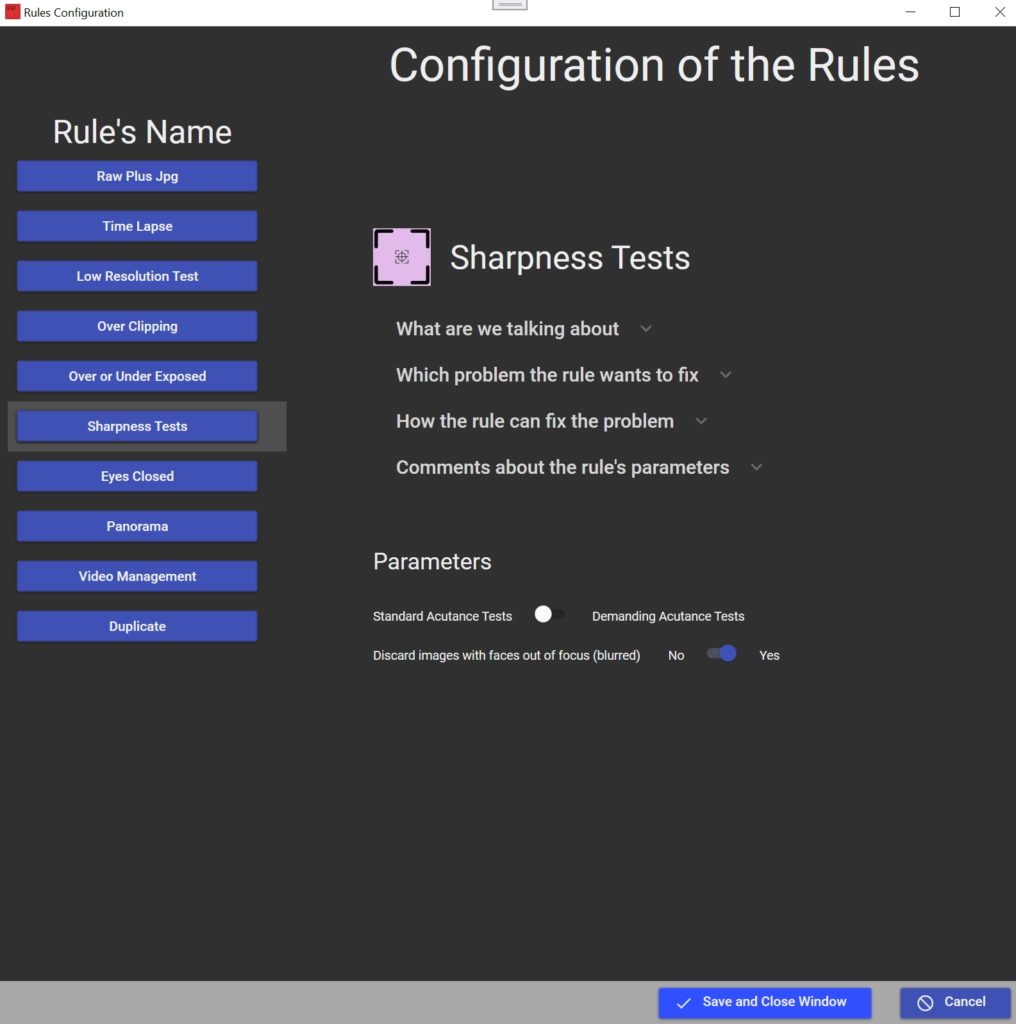Introduction
I have already discussed the causes of an image’s blurriness and I won’t discuss the impact of the quality of your camera’s lens on the sharpness of photos. This post already explains why it is not a problem. It is also well known that a sharp image is no synonym to a good image. There are even fantastic blur images, of course. No, this post is about managing the sharpness of your photo shoot, delivering the sharpness at a level acceptable for you, or for the people that will look at your images of this shoot. It is about being intentional. Not missing the sharpness because the gear, or the skills are not good enough.
The purpose of this post is to clarify the purpose of culling images according to sharpness and why it makes sense to be helped by a software for that purpose.
For instance, the image above is very sharp, it is just what people expect to see for a trivial image like this one. No more but certainly not less. It used to be different, standards can evolve. In this image, sharpness is at the level expected.
It must therefore define what sharpness means as this definition will be used to discuss further automation of the culling using artificial intelligence. Indeed, this topic has become trendy and well developped by several software but too often, sharpness is not what it should be. There is confusion between global sharpness and local sharpness and between out-of-focus blurriness versus motion blurriness.
Most of the photo culling software using artificial intelligence aim at detecting (quite) blur images, not to be a real quality gate to your shoot according to your needs, or even more important according to a level to be considered as the minimum demanded.
Like you wanted or like you should?
What matters is whether you have been able to manage the sharpness like you wanted, or like you should. That’s not the same thing.
“Like you wanted” means you did focus well on your subject, and you did choose the shutter speed like it was needed. Basically, you did your best given your gear and your skills. But sometimes, that’s not enough, and we must accept that there is room for improvement, and we should challenge what we are doing to improve our skills. Hence the second definition:
“Like you should” means you have delivered something acceptable or at a level that is acceptable for a given usage, a known standard. More important, for your purpose.
Most of the photo culling software does not want to aim for this, and it is difficult to blame them, because it might mean a lot of “false positives” (warning and discarding images for wrong reasons) but eventually, that what they should aim for when it comes to sharpness detection. AI should be more than a productivity tool; it should also help you to be a better photographer.
On the left image above, the image looks sharp, but my son
is not that much well in focus, I must improve on sharpness. On the right
image, my daughter is well focused, right shutter speed, sharpness is delivered.
What does sharp means?
By sharpness, I don’t really care of corners or contrast or whatever technical subject frequently discussed during lens tests like here.
What is important is whether your main subject is sharp enough (enough for both what you need and what is needed). So, it is not a global measure. Some images can only be locally sharp. That’s the magic of depth of field by the way.
So, the sharpness level of an image is just the sharpest part of an image supposing this is by the way your main subject. This is a kind of never-ending discussion. For a portrait, usually what matters is the sharpness of the eyes. But some will argue it is the eyes, yes, but not only as the face should be sharp, but the hair as well. And portrait is the most famous topic. What about landscapes, or macro, or action sports images?
At the end of the day, what matters is indeed how sharp the subject is in the parts is must be sharp given the message you want to deliver.
In the 3 images below, the cat on the left is not sharp enough for me. On the centre image, I think it is. I like this image, but it is not that much sharp, below the standard. On the right image, the cat is sharp. Bottom line: I must improve my sharpness skills on moving subjects like cats or invest on a better camera.
How to measure sharpness?
There are different methods but what matters is to define a reliable, robust, criteria easy to manage as a simple parameter and it could be a number between 0 – 100. But no reason to over-engineer something. What we need to know from the software, as photographers, is whether the image is:
- Not sharp enough for what we wanted even if just considering local sharpness of every detail of the image (whatever we have defined for our needs),
- Not sharp enough for what we need (and whatever it means),
- Sharp enough for the standard of what we shoot
Challenge me this rationale !
How do I dare speaking about standard when it comes to the art of photography?
I think the cornerstone of everything is whether blurriness is intentional, or not. If it is, there is nothing wrong.
But if it is not, it means the photographer should improve. So, being not as sharp as the standard only means a warning. A request to improve yourself. Was it intentional or not? Being below what you need looks more relevant, but this is arguable. Are you good enough to define how sharp your image should be? Maybe you are. But again, being below the standard should ring some bell. Do you need less sharp image for a given purpose (that’s rare) or is it because of laziness to improve? Let’s be honest with ourselves.
Conclusion
Sharpness should be measured only locally, and for the main subject of a given image.
Sharpness level is “what it is”, it can be modelized in a very scientific way and what matters is whether it is below, at the level or above:
- What you think you need,
- What the standard thinks.
Now the key question is how a software can help you automatically answering these questions for every image of a photo shoot?
Disclaimer: as the CEO of Camera Futura which is developing and selling its photo culling software using artificial intelligence Futura Photo, I can be biased but that’s basically what the software wants to achieve: detect sharpness not good enough according to what it should be, not what the user wants, at a local level based on full size image analysis, not on a reduced-site thumbnail like most of the other software. I believe it must be done this way. This may sound ambitious, but that’s the vision I believe in. Don’t hesitate to contact me if you need to know more.




